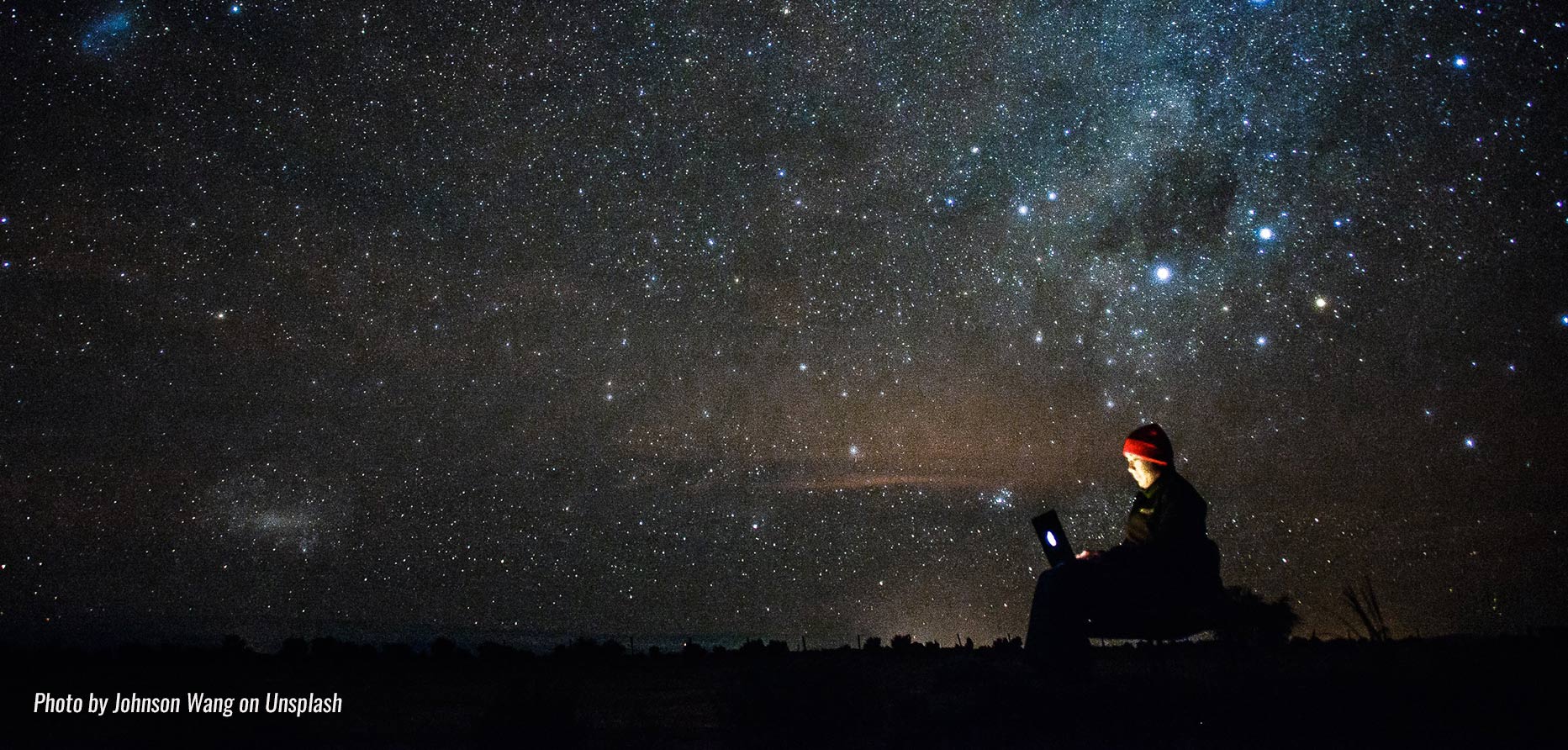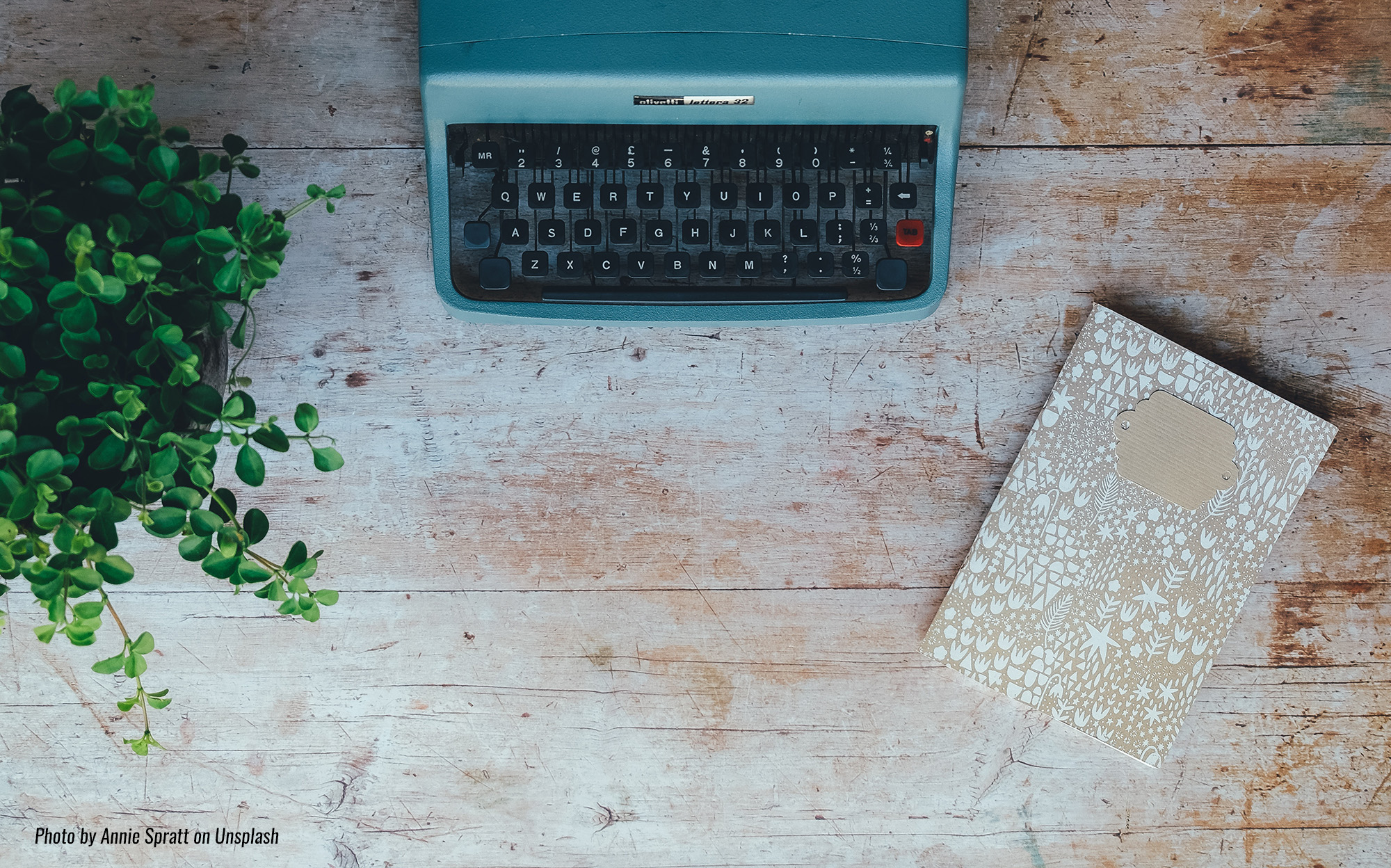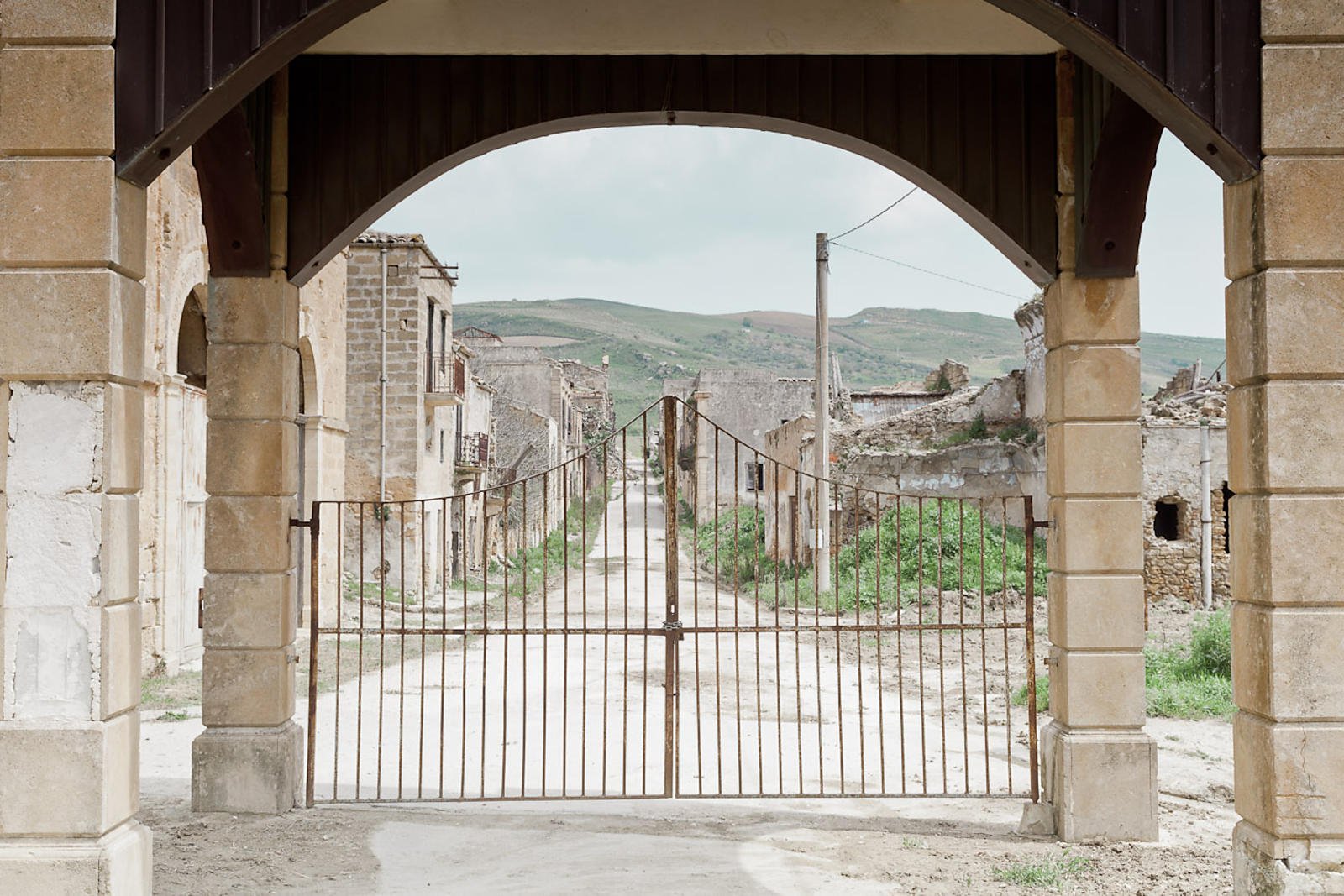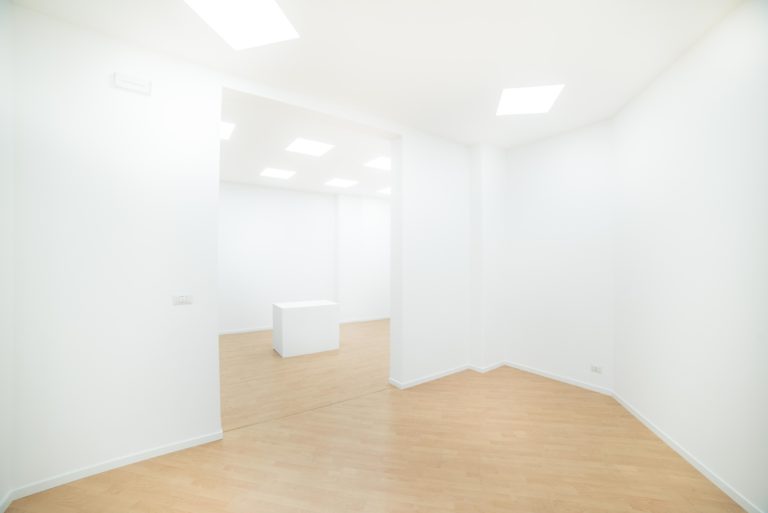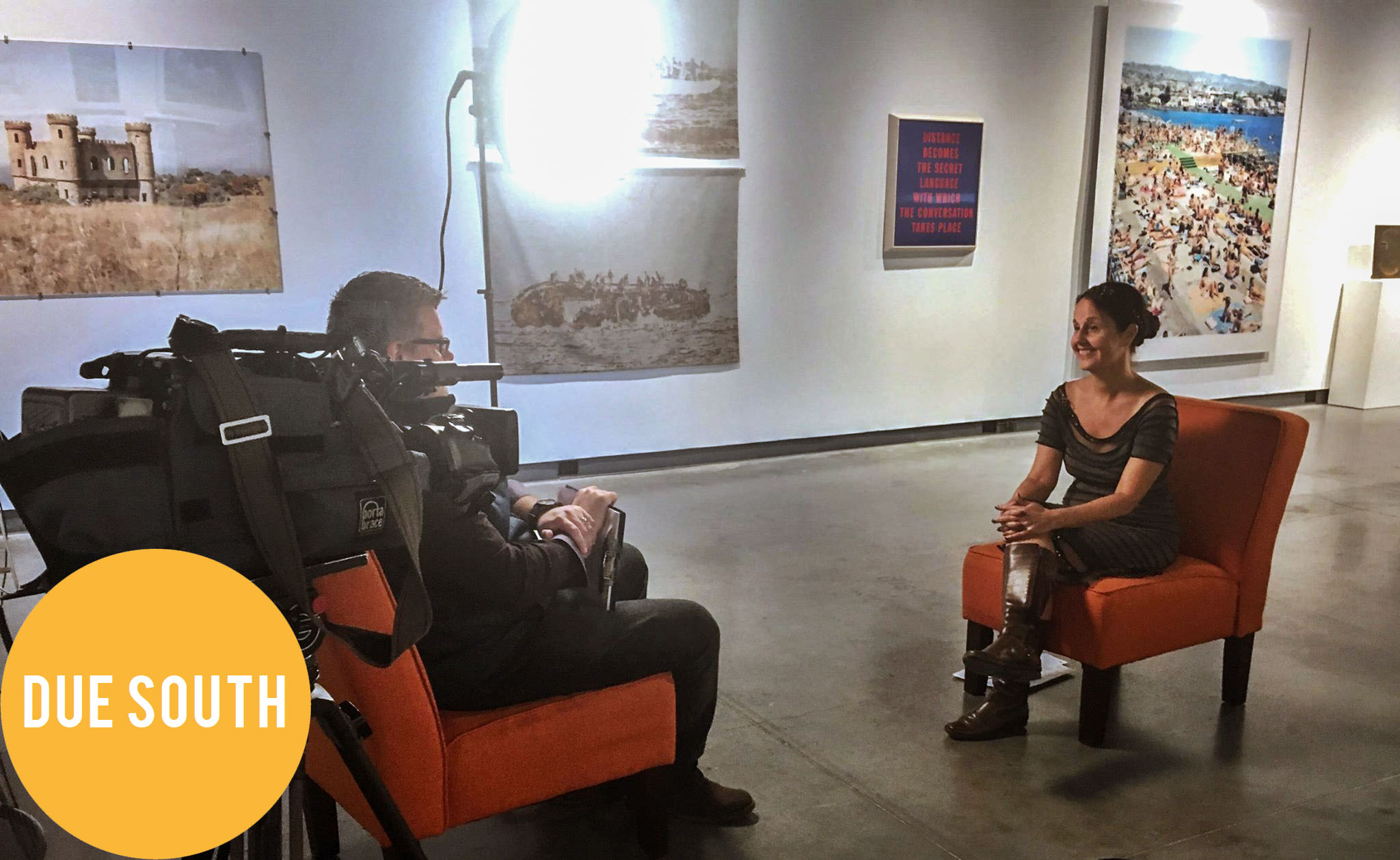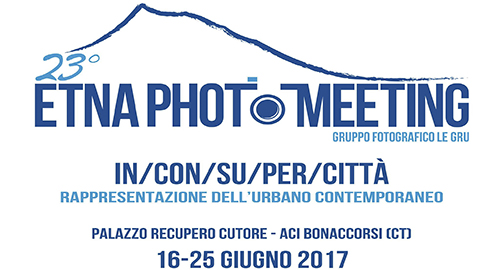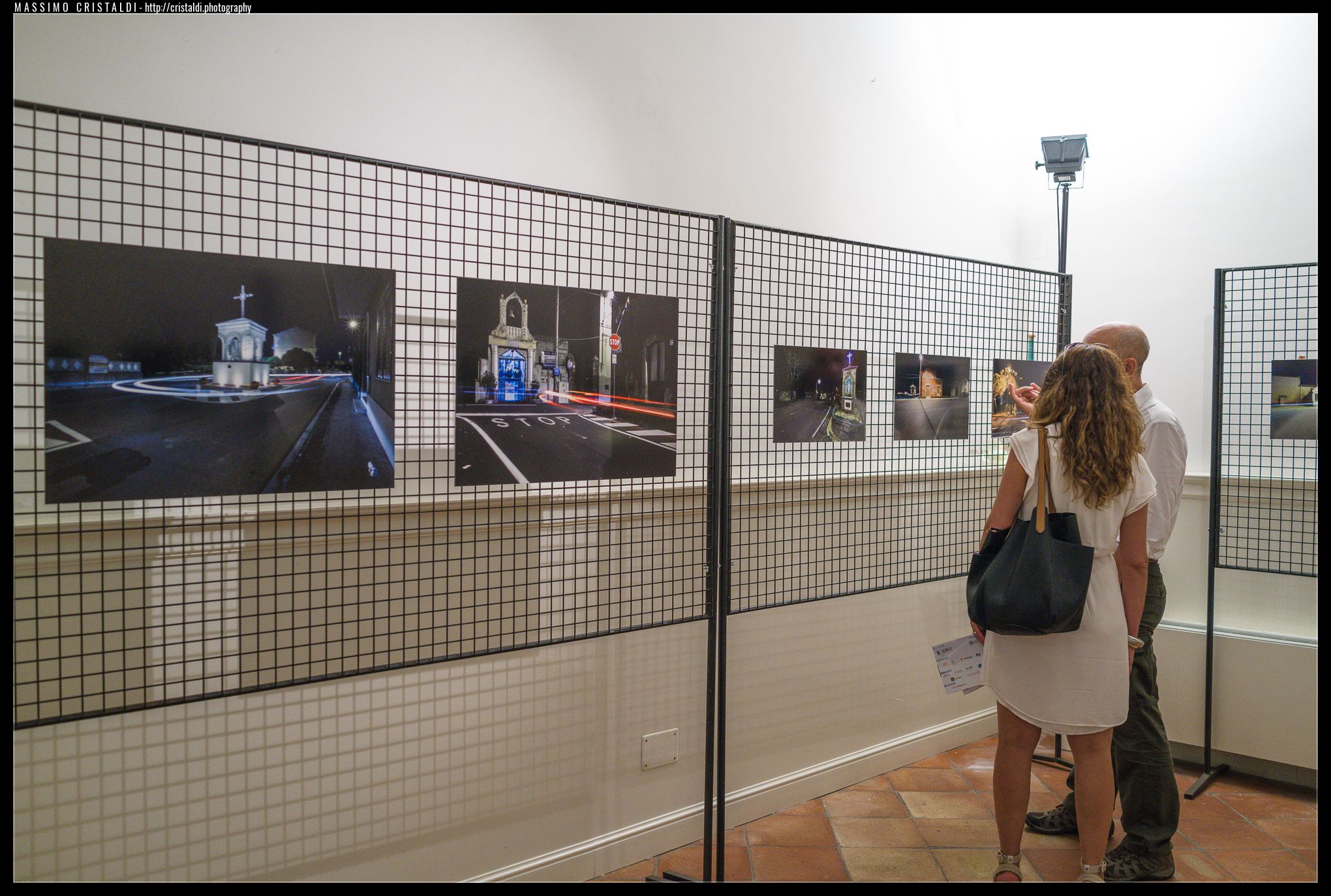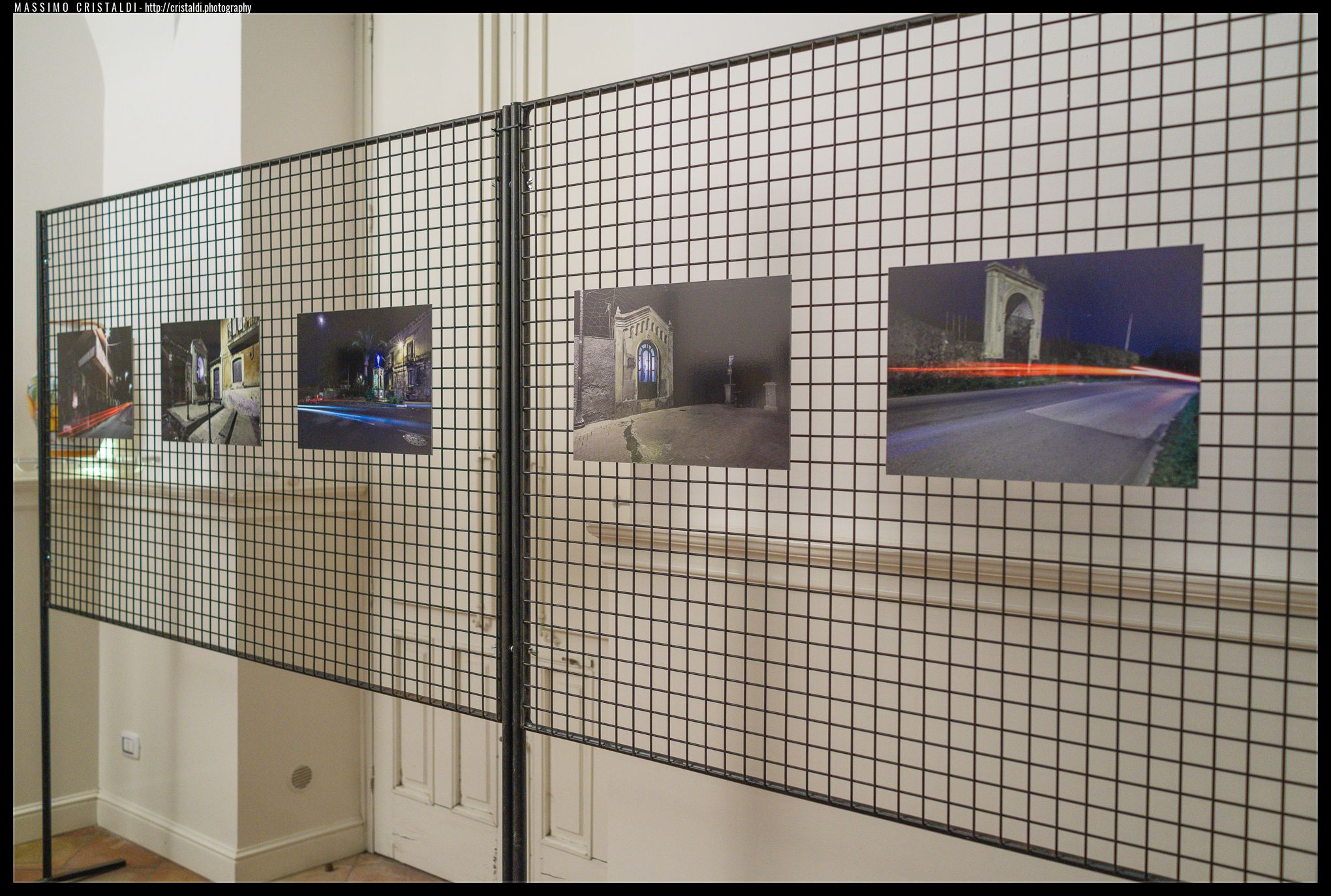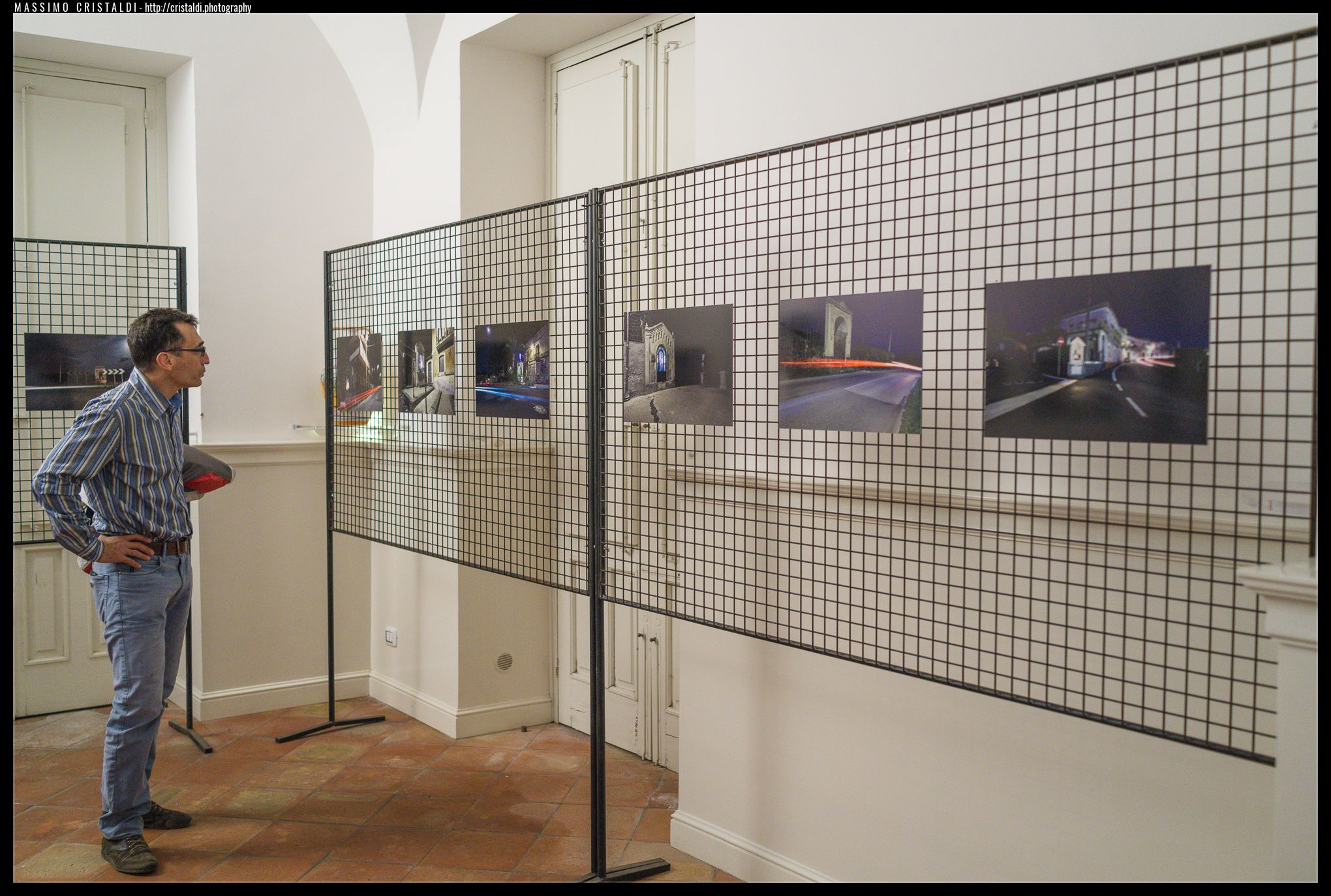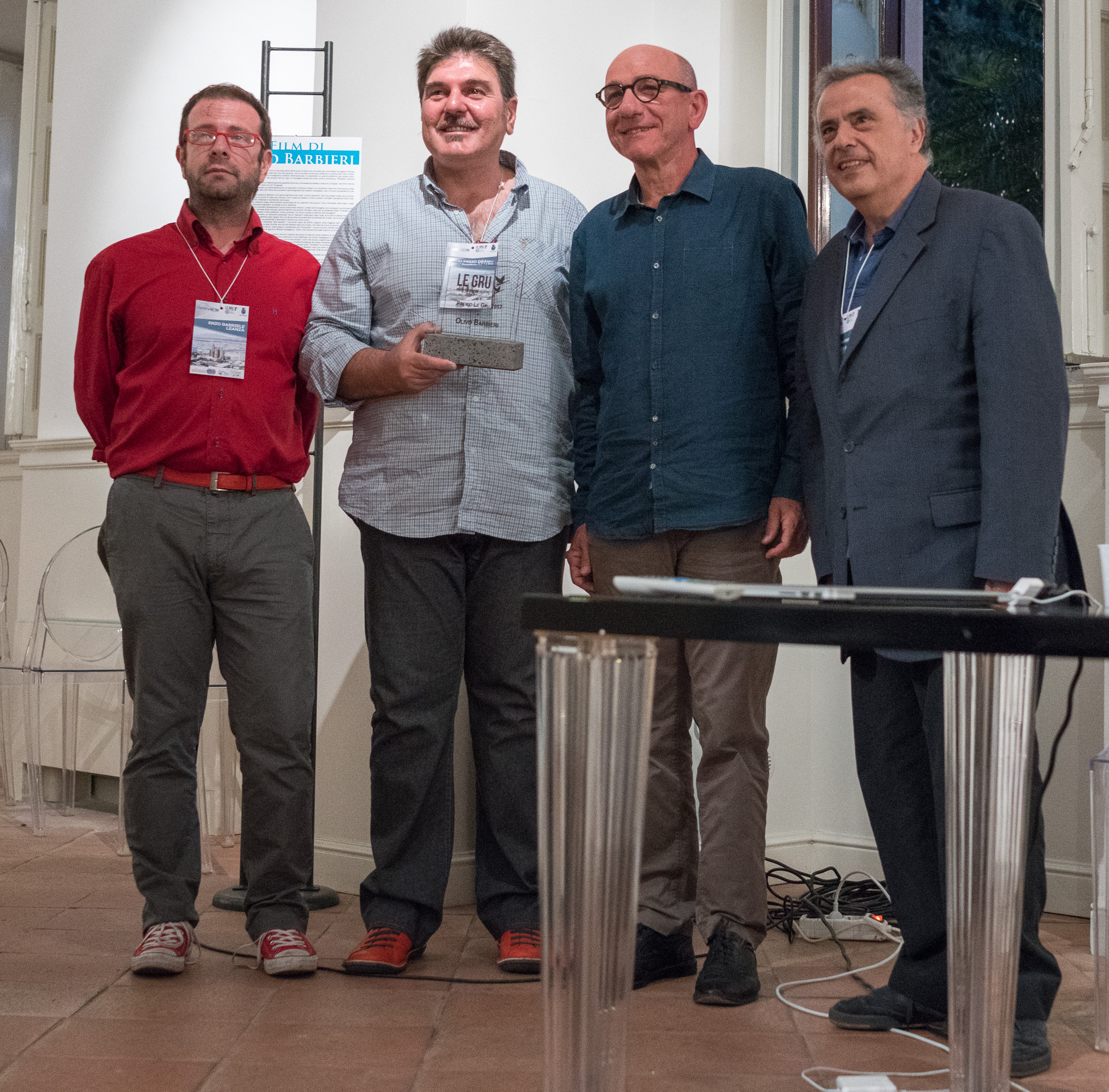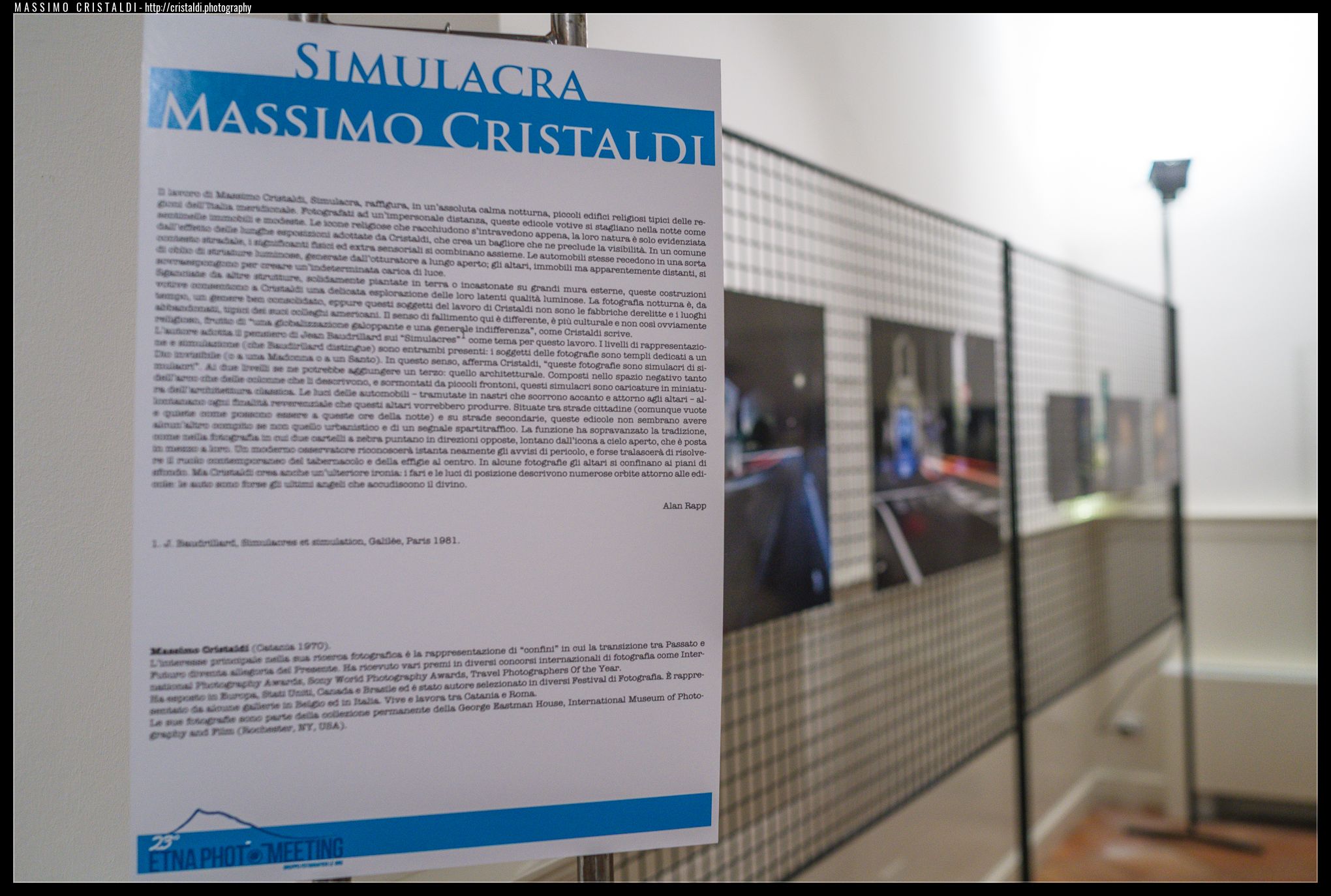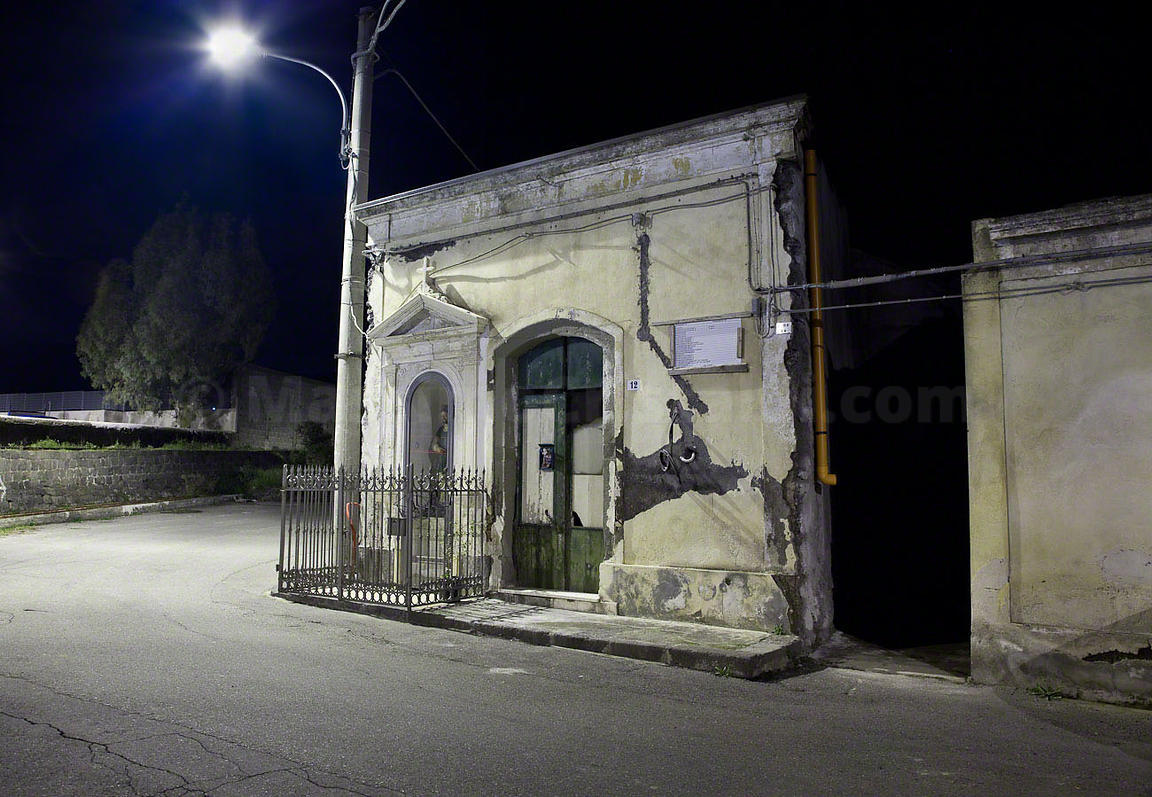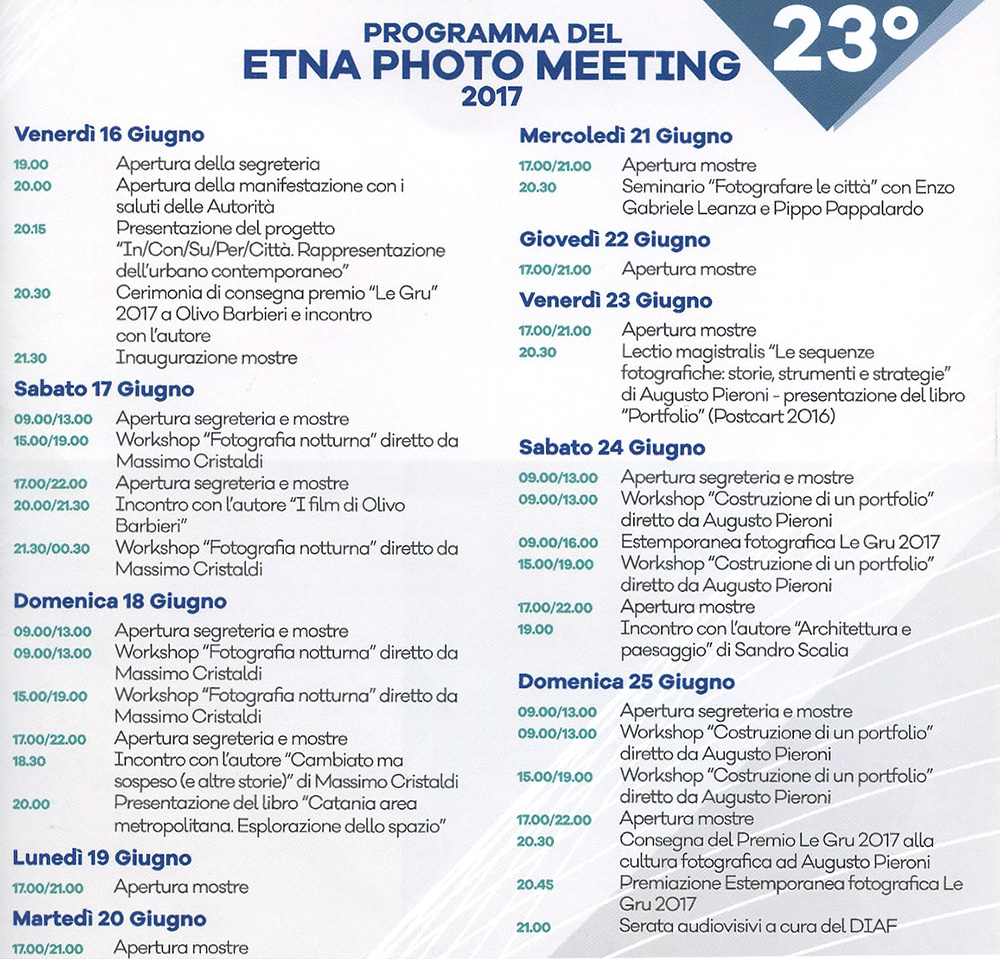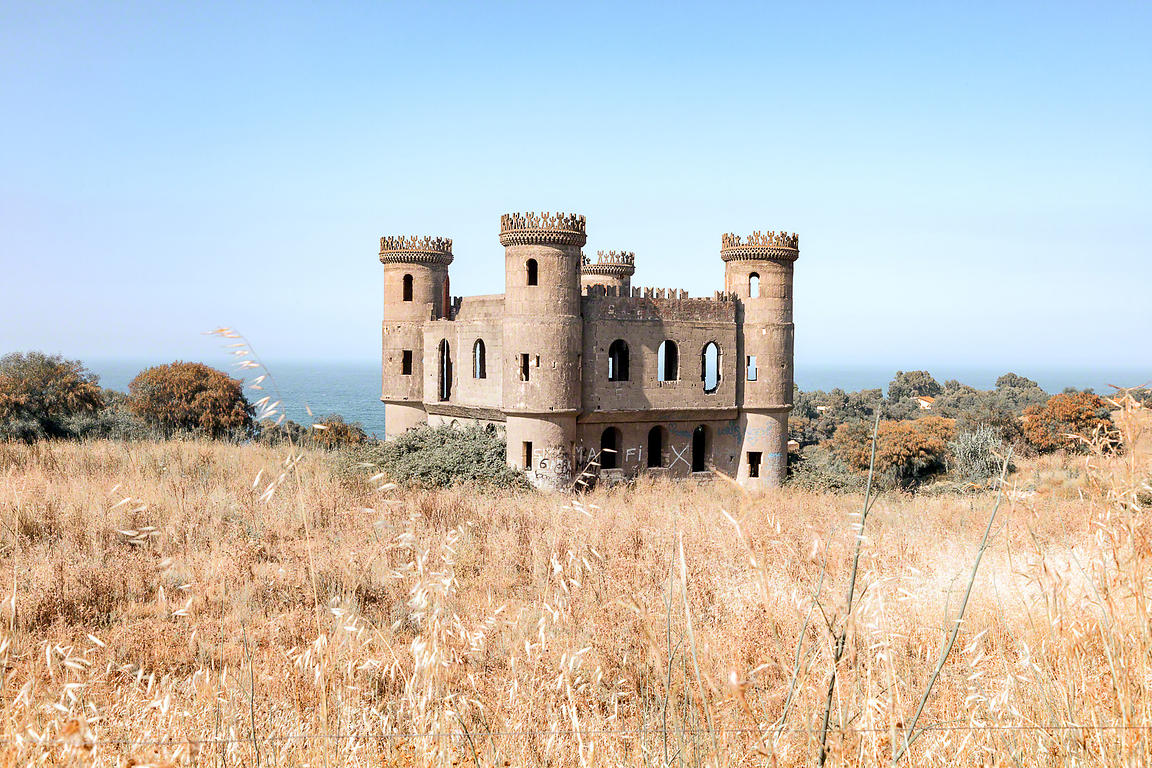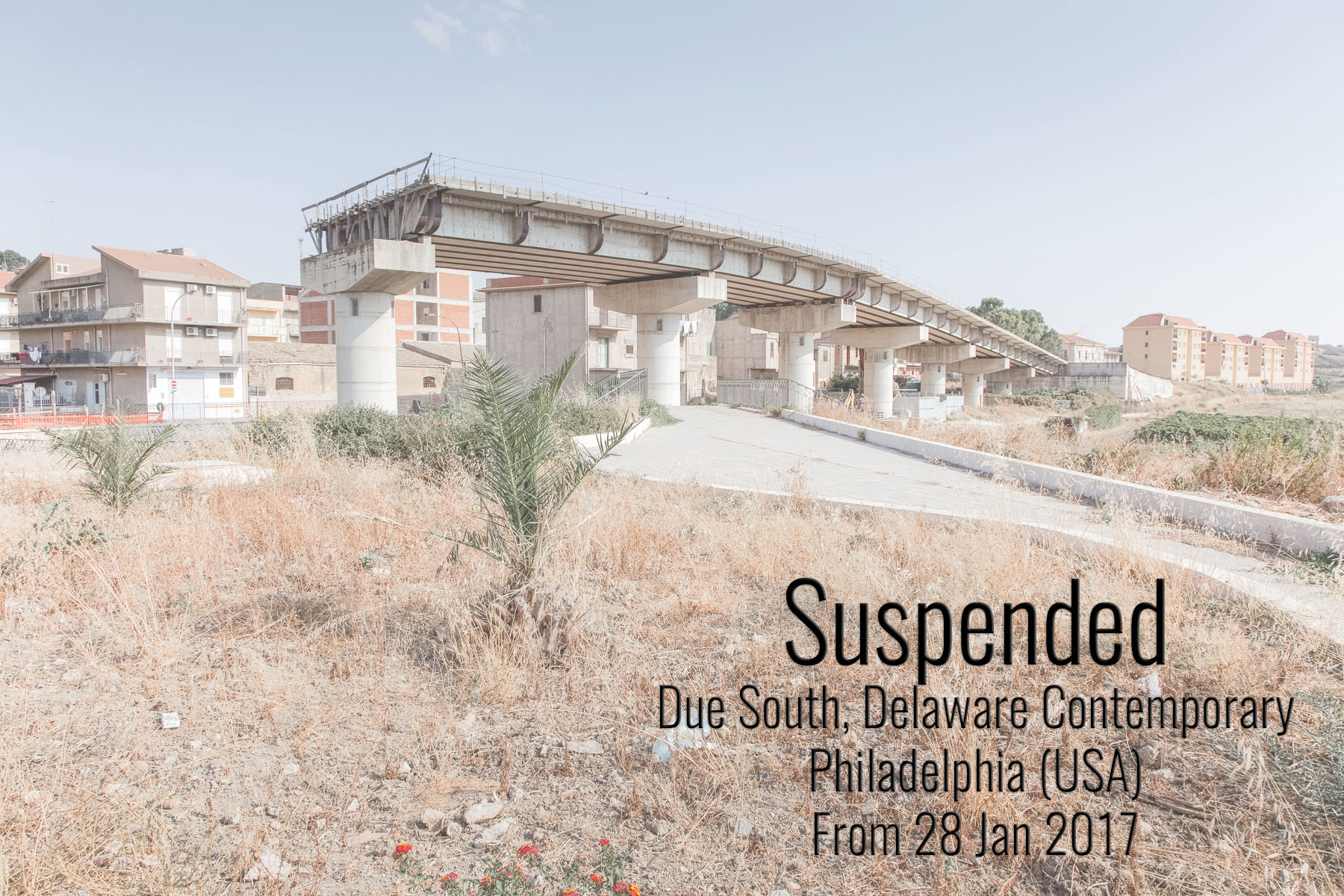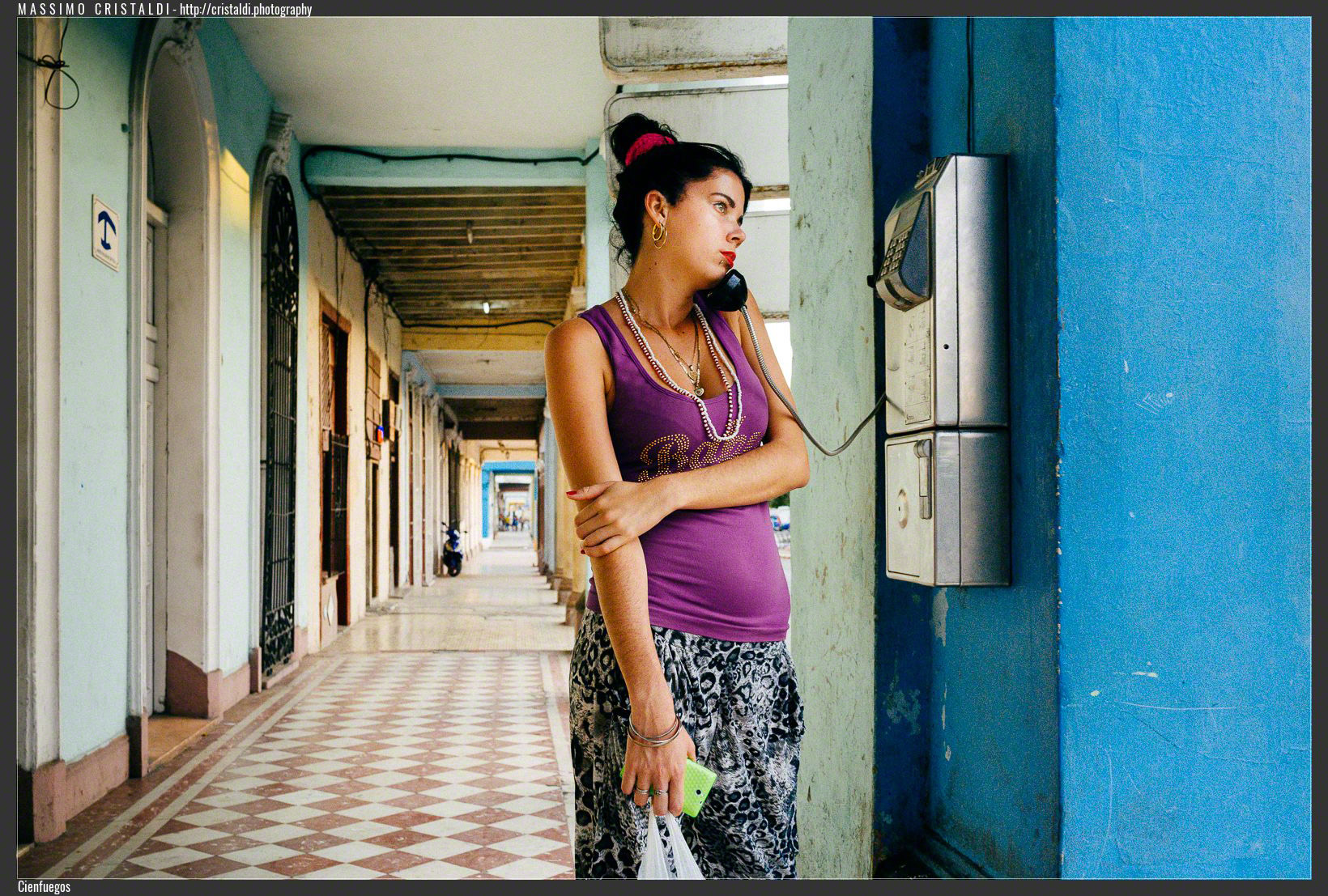Ma non negli abissi del mare, dentro un batiscafo, bensì lavoro distino da quello superficiale, pellicolare, che spesso attanaglia le nostre giornate rendendoci schiavi di un sistema di comunicazione sociale che ci impedisce l’approfondimento.
Questo il titolo del libro di Cal Newport: “Deep Work: Rules for Focused Success in a Distracted World” un volume che sto leggendo con molto interesse perché ho sempre creduto nella capacità di concentrazione come una chiave di volta per riuscire ad ottenere grandi risultati in qualsiasi settore.
E perchè, come ho scritto in passato parlando di Malcom Gladwell, se è vero che per diventare davvero eccellenti nel proprio settore occorrono 10.000 ore (che equivalgono a 10 anni) ecco che le distrazioni e quanto ci distoglie possono far diventare questo tempo molto più lungo: studi più recenti dimostrano infatti che, indipendentemente dal tempo, altri fattori, soprattutto collegati al “COME” si pratica l’esperienza possono portare a grandi risultati in tempi molto più concentrati, alternando, in modo sapiente, concentrazione e riposo.
Cal Newport sostiene, e sono davvero d’accordo, che quando tutto diventa superficiale e le persone smettono di considerare l’importanza di “andare” in profondità ecco che chi invece ci riesce può beneficiarne in modo evidente, soprattutto in un contesto in cui lo fanno davvero in pochi. Di sicuro questa tendenza ad essere costantemente distratti e mai focalizzati è un carattere generale dei nostri giorni. Daniel Levitin, brillante neuroscienziato ed autore di “The Organized Mind“, attribuisce a questo comportamento una caratteristica del nostro cervello, capace di generare dopamina ogni qual volta si passa dal fare una cosa al fare la successiva, in un ciclo nel quale crediamo di essere “multitasking” ma in realtà non lo siamo affatto:
“Multitasking creates a dopamine-addiction feedback loop, effectively rewarding the brain for losing focus and for constantly searching for external stimulation. To make matters worse, the prefrontal cortex has a novelty bias, meaning that its attention can be easily hijacked by something new—the proverbial shiny objects we use to entice infants, puppies, and kittens. The irony here for those of us who are trying to focus amid competing activities is clear: The very brain region we need to rely on for staying on task is easily distracted. We answer the phone, look up something on the Internet, check our e-mail, send an SMS, and each of these things tweaks the novelty-seeking, reward-seeking centers of the brain, causing a burst of endogenous opioids (no wonder it feels so good!), all to the detriment of our staying on task.”Levitin, Daniel J.. The Organized Mind: Thinking Straight in the Age of Information Overload (pp. 96-97). Penguin Publishing Group.
Nella prima parte del libro Newport si sofferma sul perchè è importante andare in profondità e offre tre diverse prospettive. Una neurologica, una psicologica ed una terza filosofica.
Ogni prospettivà rafforza la successiva. In quella neurologicaNewport parla dell’effetto della capacità di costruire la nostra visione del mondo sulla base di quello a cui prestiamo attenzione, piuttosto che alle circostanze nelle quali ci troviamo. E porta l’esempio di Winifred Gallagher che, diagnosticata di un brutto cancro, decide di focalizzare al sua attenzione non sulla malattia ma sulla sua vita:
Who you are, what you think, feel, and do, what you love—is the sum of what you focus on. […] After running my tough experiment [with cancer]… I have a plan for living the rest of my life, I’ll choose my targets with care… then give them my rapt attention. In short, I’ll live the focused life, because it’s the best kind there is. Winifred Gallagher Rapt: Attention and the Focused Life.
Nella prospettiva psicologica il focus passa da focus della nostra attenzione (proprio della prospettiva di Gallagher) all’atto stesso del concentrarsi sul qualcosa. Il cosiddetto “Flusso” teorizzato dallo psicologo Mihály Csíkszentmihályi, ossia quello stato in cui ci “perdiamo” all’interno dei nostri pensieri per il piacere intrinseco, “autotelico” del farlo, indipendentemente dal risultato o da uno scopo preciso:
Gallagher’s writing emphasizes that the content of what we focus on matters. If we give rapt attention to important things, and therefore also ignore shallow negative things, we’ll experience our working life as more important and positive. Csikszentmihalyi’s theory of flow, by contrast, is mostly agnostic to the content of our attention. Though he would likely agree with the research cited by Gallagher, his theory notes that the feeling of going deep is in itself very rewarding. Our minds like this challenge, regardless of the subject.Cal Newport
Appare quindi chiaro che le due prospettive sono fortemente collegata al “deep work”: vivere una vita “focalizzata” e il semplice piacere collegato allo stato di “flusso” possono far pensare che il Deep Work sia un’attività premiante ed altamente soddisfacente.
Il terzo argomento, quello filosofico, è un po’ più complesso. Newport pare dall’approccio di Dreyfus e Kelly, pubblicato nel libro “All Things Shining” in cui gli autori trovano un argine al nullismo e all’individualismo ritrovando il sacro al di fuori dall’individuo e cercando il significato nelle virtù nascoste di quanto si fa, e nel rispetto del lavoro stesso:
Whether you’re a writer, marketer, consultant, or lawyer: Your work is craft, and if you hone your ability and apply it with respect and care, then like the skilled wheelwright you can generate meaning in the daily efforts of your professional life.
Di certo queste tre prospettive offrono delle ragioni per cui può valere la pena provare a mettere in pratica il Deep Work.
Leggere questo libro mi ha fatto ripensare a come, praticamente in tutte le cose “rilevanti” (anche solo per me) che ho fatto, in fotografia o in altri campi, ho sempre messo una grande attenzione ed una grande concentrazione per periodi di tempo abbastanza lunghi. Che questo poi, si chiamasse “deep work”, lo scopro con piacere in questi giorni, dopo che anni di pensieri, letture e riflessioni, intuitivamente, mi avevano portato verso queste idee. Idee che potrebbero rilevarsi di interesse per quanti di voi pensano, come me, di essere sufficientemente intelligenti per sapere di aver difficoltà ad arrivare ad essere intelligenti quanto vorremmo.
Certo, ad esempio rispetto a 10.000 ore fa, la pressione “social” si è fatta insostenibile e mi ha portato a disattivare le notifiche di Whatsup, Facebook, Twitter etc. e a non essere direttamente presente sui social network se con robot semiautomatici. Ed è quindi proprio oggi, in virtù di come il mondo si è trasformato, che questo libro diventa aiuto ancora più prezioso. Il fatto che Newport formalizzi le mie intuizioni, con un approccio concreto e diretto, suggerendo anche le regole da seguire per arrivare a praticare il Deep Work mi sembra davvero interessante. Inoltre ho l’impressione che l’autore non sia una specie di maniaco alfiere delle sue idee, una specie di guru con le ricette pronte per ogni situazione ma che, piuttosto, lui stesso si metta costantemente in discussione durante la scrittura del libro, spesso anticipando i legittimi dubbi del lettore:
- Come fare ad entrare in deep work quanto il mondo all’interno ci aspetta?
- Quando abbiamo un lavoro, una famiglia, degli obblighi?
- Esiste un modo e delle condizioni a contorno?
Si, esistono regole e suggerimenti. Ve ne parlerò nel prossimo articolo su questo argomento.
Condividi questo articolo

